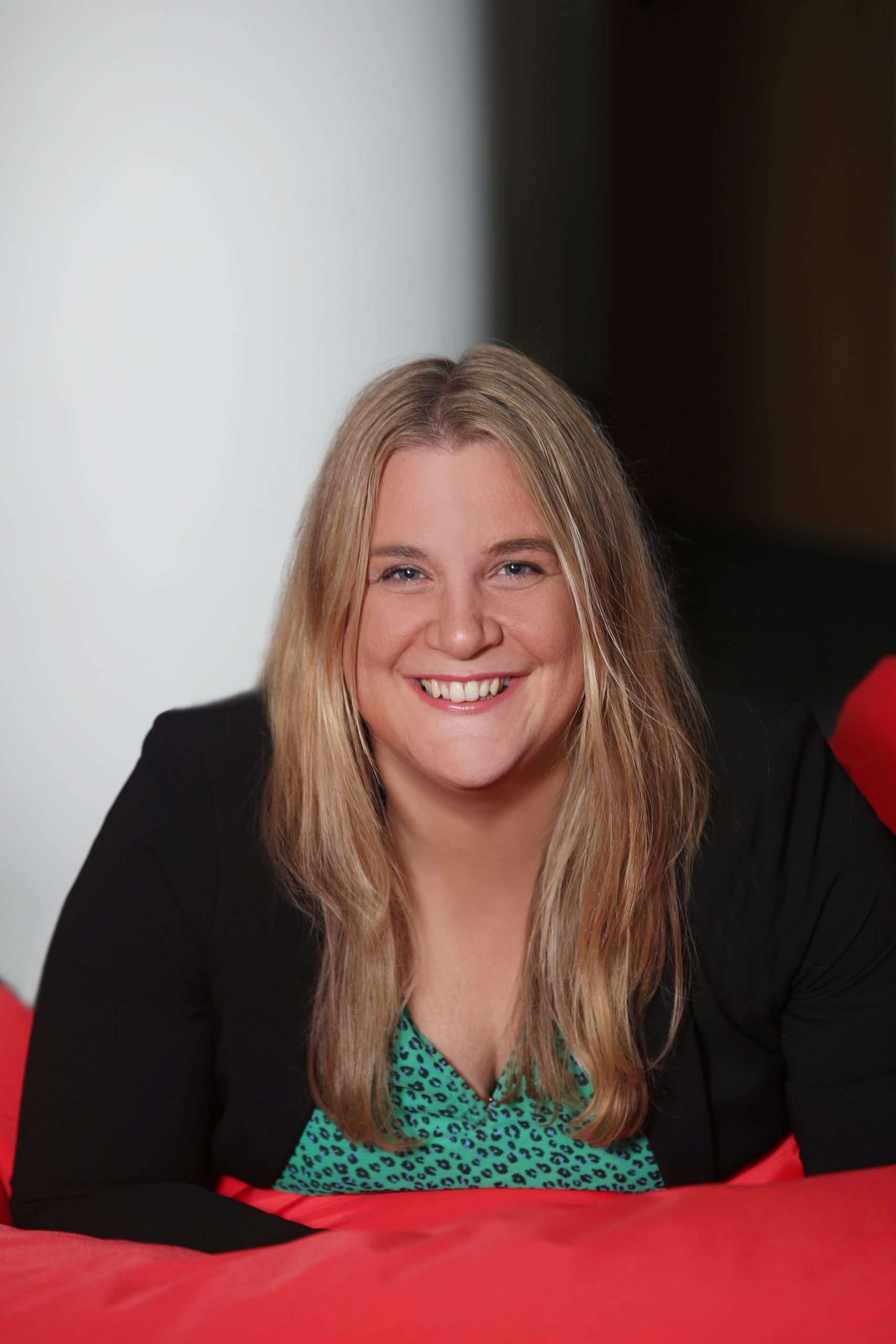
Article by Sarah Friswell, CEO at Red Ant
This may be due in part to employers feeling that technology is effectively doing the job, and that no news from workers is good news. But in not resetting an approach to employees in the evolving workplace and avoiding proactive management of workers’ stress, the impact ripples far beyond individual wellbeing, into team collaboration, productivity for the business as a whole – and on their valuable reputation.
When we’re not working in the same room together, it’s easy for co-workers’ problems and stress to exist and arise unnoticed. Without office conversation and incidental chats by the water cooler, detecting physical manifestations of stress is harder. When collaboration apps can be monitored, and written information can all too easily be shared, some may feel it’s easier to keep worries to themselves.
We’ve learned from mental health training courses that everyone has something in their ‘stress container’. Some workers have always operated the same way, with a full container, and others keep theirs part-full. Since the dramatic shift in lifestyles caused by the pandemic, it seems everyone is keeping their container 50% full. Whether it’s driven by regulation or not, managers need to support workers with stress – whether it rears up sporadically or is constant.
As a business leader, there’s always so much to learn. And where looking after employees in our evolving workplace is concerned, this is no exception. When typically you were once absorbed by being in the office together, now the ratio for working at home is higher, it makes it more challenging to assess what’s going on with individuals. We as employers must work even harder to engage and create positive channels for communication to ensure workers feel supported and any problems are detected before they escalate.
In some ways working remotely flattens the hierarchy in a team environment, and in others it can exacerbate it. It’s hard for a manager to show that they’re keeping a door open policy when they’re online – you can’t do an office walkaround via Zoom.
The tried and tested ‘one-to-one’ becomes a key tool for understanding how employees are really feeling. It must be regular and not just at annual review. We’ve also introduced ways to make our new Red Ant starters feel comfortable – at the opening of a progress meeting the team is invited to say something positive at home and at work so you start to get to know them better and vice versa. I want people to feel like they can be their true selves while working rather than adopting a work ‘persona’.
Having an insight into an individual’s home setup just brings their world together with the office – where they work is part of their ecosystem and ‘leaving it at the door’ isn’t possible anymore. The only way to reduce stress is to allow the team to fully bring themselves to the workplace, wherever that may be.
Being visible on Zoom or Teams gives us the opportunity to show the non-hierarchichal structure of the business. But there are also mixed views about which tech tools actually make life easier. Slack is great but can be stressful if it is constantly sending alerts throughout the day, and if you want to be accessible it’s a challenge to stay away from it. Combined with frequent emails, there’s potential for overload. This makes work feel constant and often deters us from taking the planned breaks we should.
We’re also in meeting overload, with more meetings to compensate for not being as visible. Tightening up on meeting times and not sticking to the classic 30 minutes or hour slots gives you back valuable time in the day to fit in more tasks. 45 minute or just 15 minute slots can make a big difference – it’s about managers allowing workers the autonomy to push back, and the team will be more productive and less time poor.
We’ve changed our official working hours to allow our workers more space in the daytime for themselves. This can make a difference particularly in the summer months to boost morale. We haven’t experienced any loss of productivity – if anything, we feel the team is more engaged and dedicated to their work.
It’s critical for workers to feel assured that it’s OK not to be OK and that talking can help. It’s not about tokenism, but simple things like taking a small team just for a drink can go a long way to helping ease tension and allow people to unwind. It might not make work less stressful, but it offers the opportunity to gel as a team that the hybrid model doesn’t always include.
As we live alongside the pandemic, people continue to adjust. It’s going to take a good couple of years until it feels ‘normal’. It’s not about shopping or going outside anymore, it’s about getting used to this model. There is more openness now and people are much more open-minded – everyone has a lot on, and there’s nothing wrong in saying things are getting too much. It’s likely that employees will base their choices on where they want to work on finding an employer that listens to them and can truly support them with stress when it arises – a supportive team means everything.
 About the author
About the authorCEO Sarah Friswell, leads retail technology specialist, Red Ant, as it drives retail transformations in the challenging digital landscape. 2021 saw the company earning Great Place to Work certification (scoring 90% on the Trust Index Survey), and employee numbers being boosted by a third. For Sarah, managing growth in an evolving workplace from office to hybrid working means being dedicated to making the office a welcoming, inclusive, and trusted workplace which truly supports every individual.
